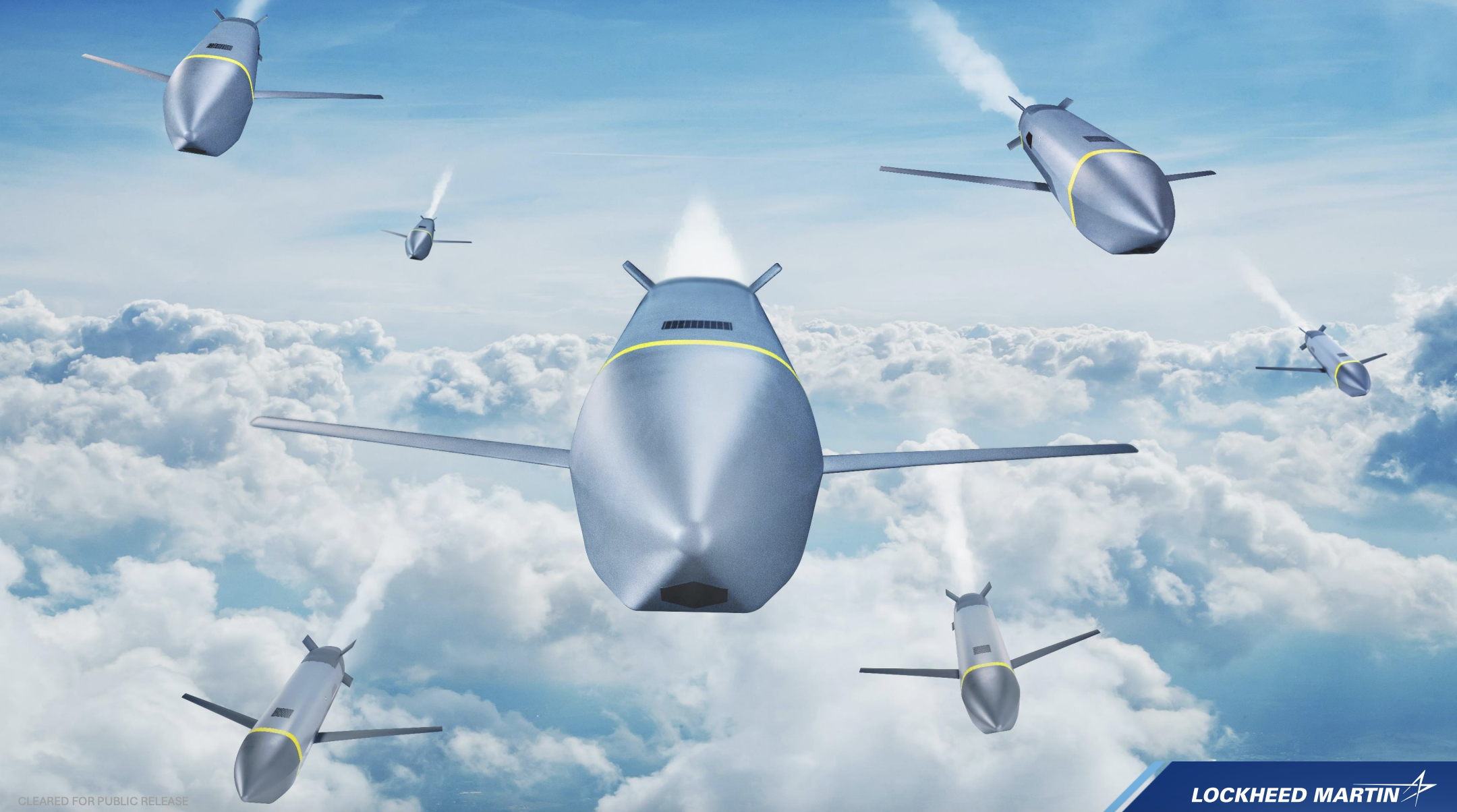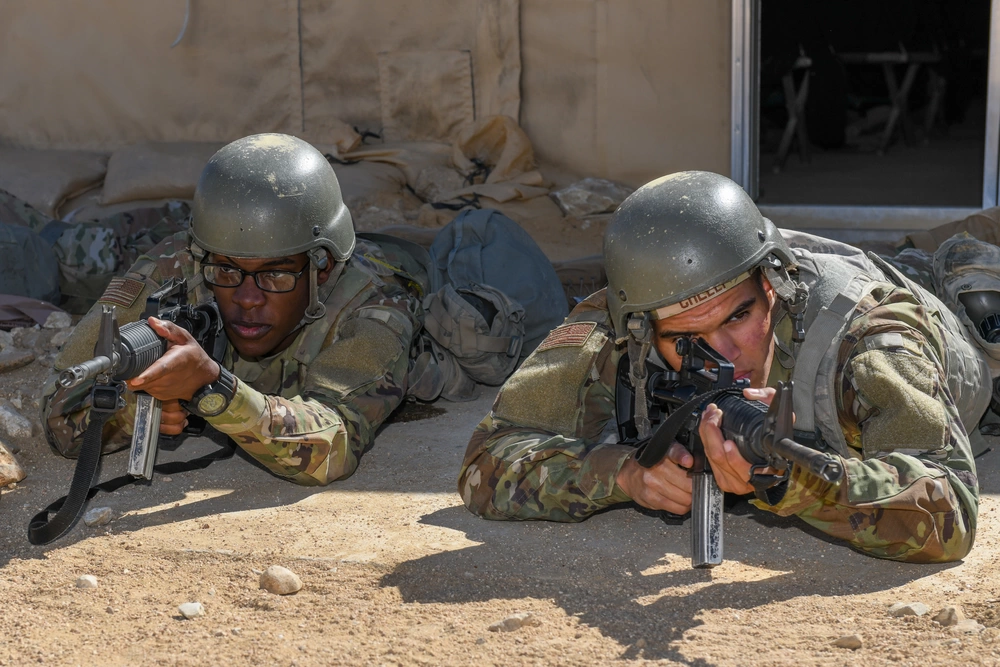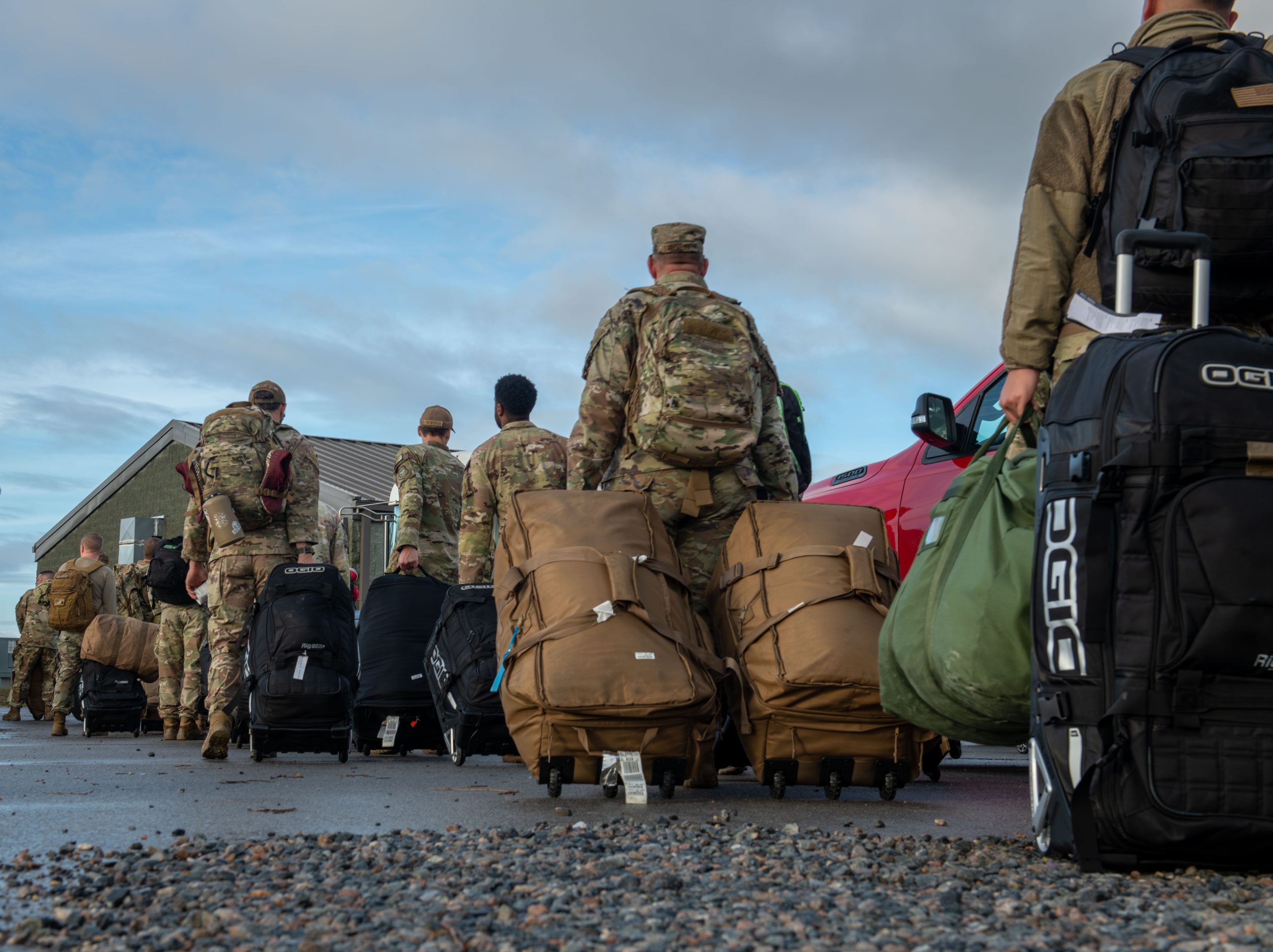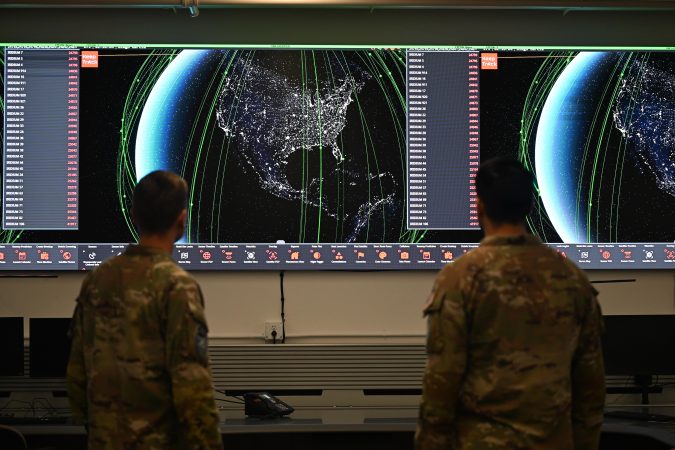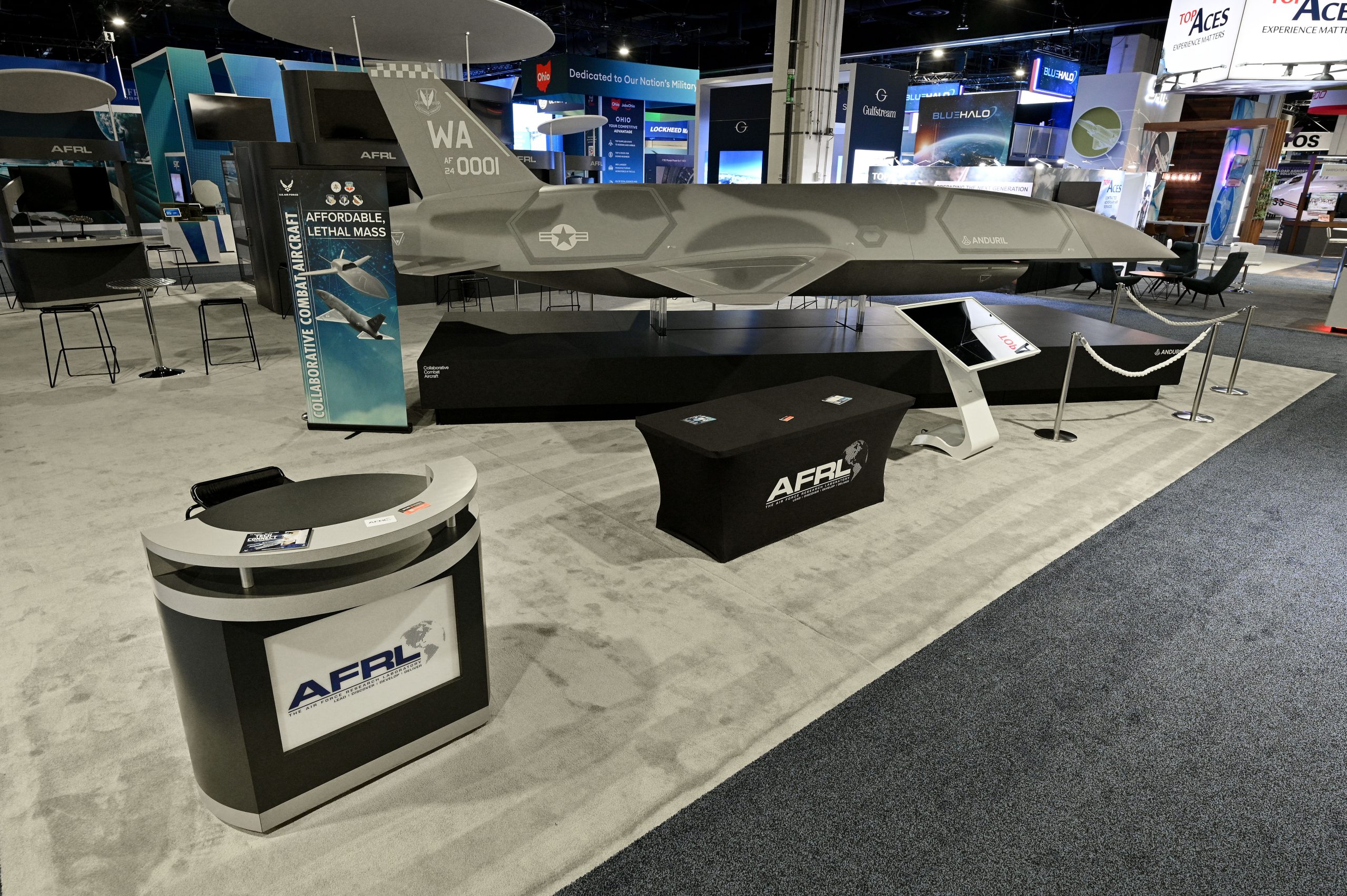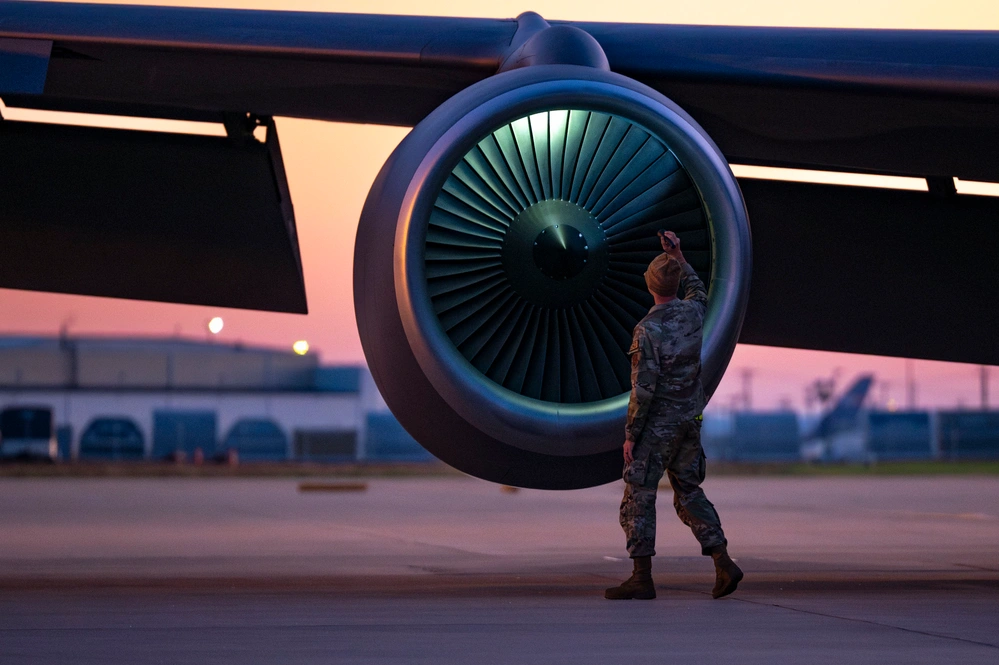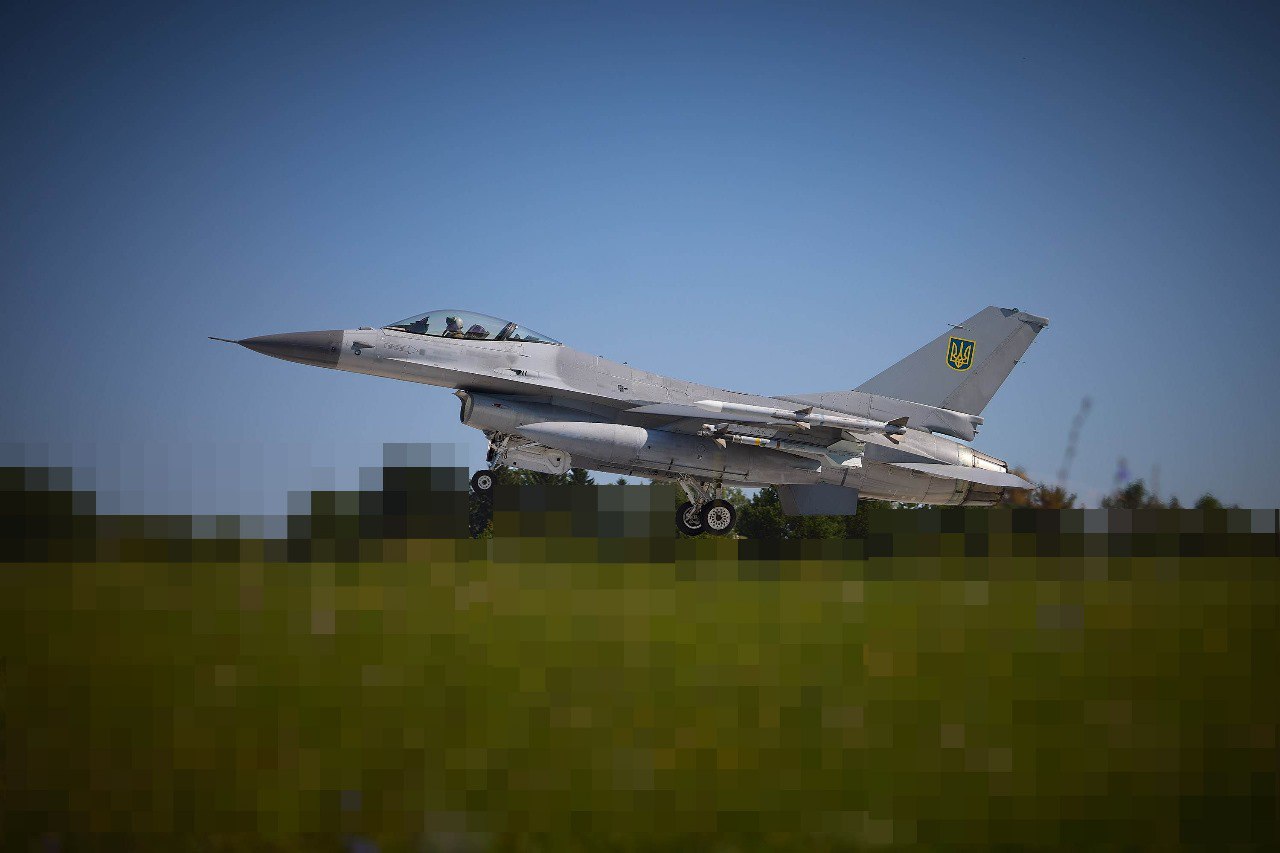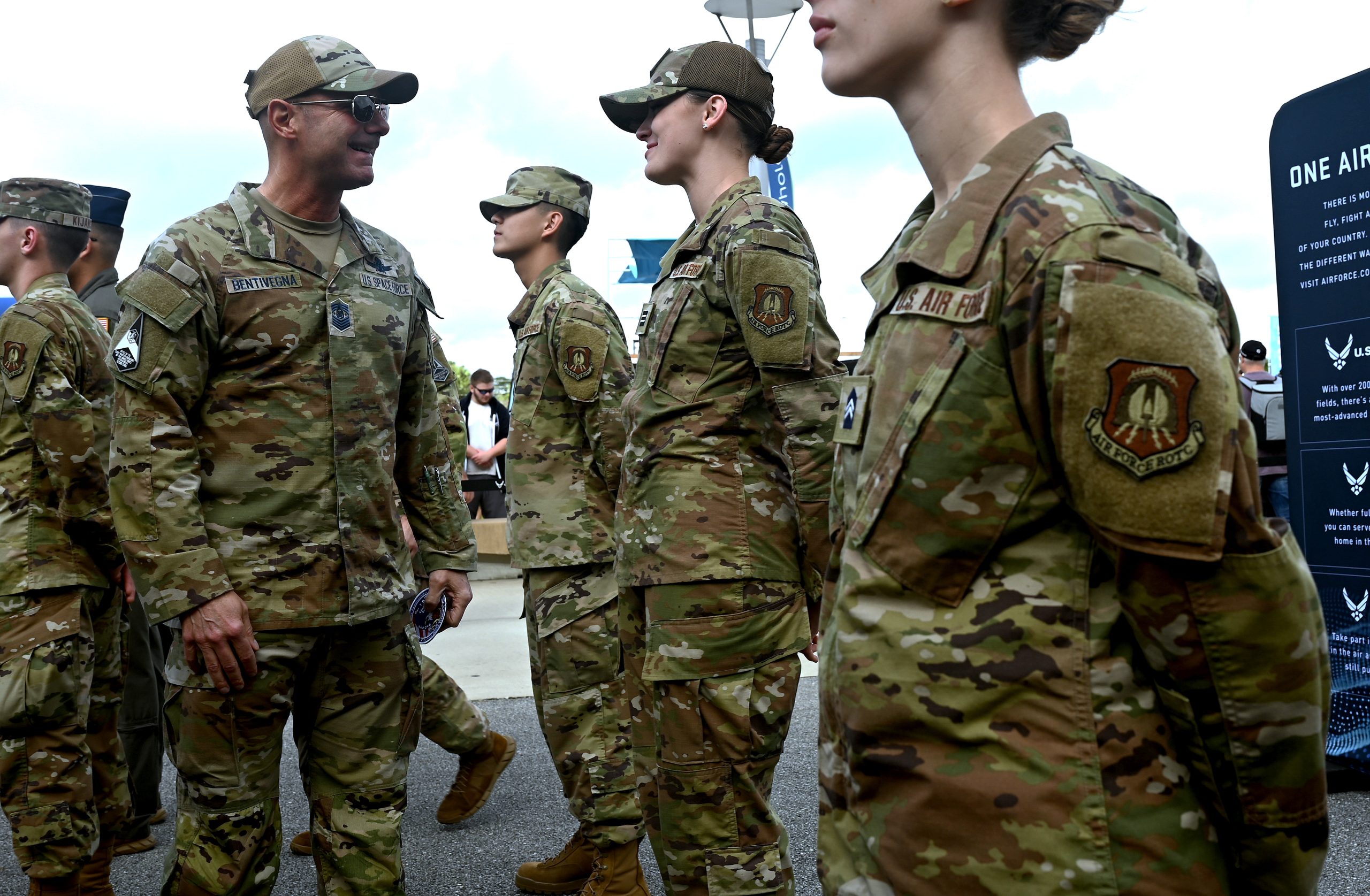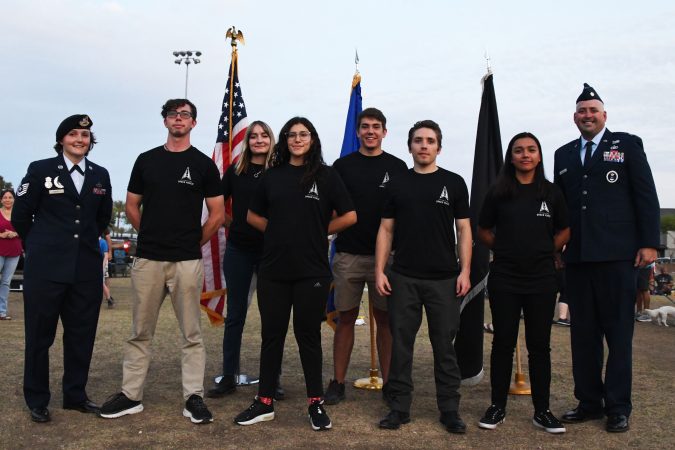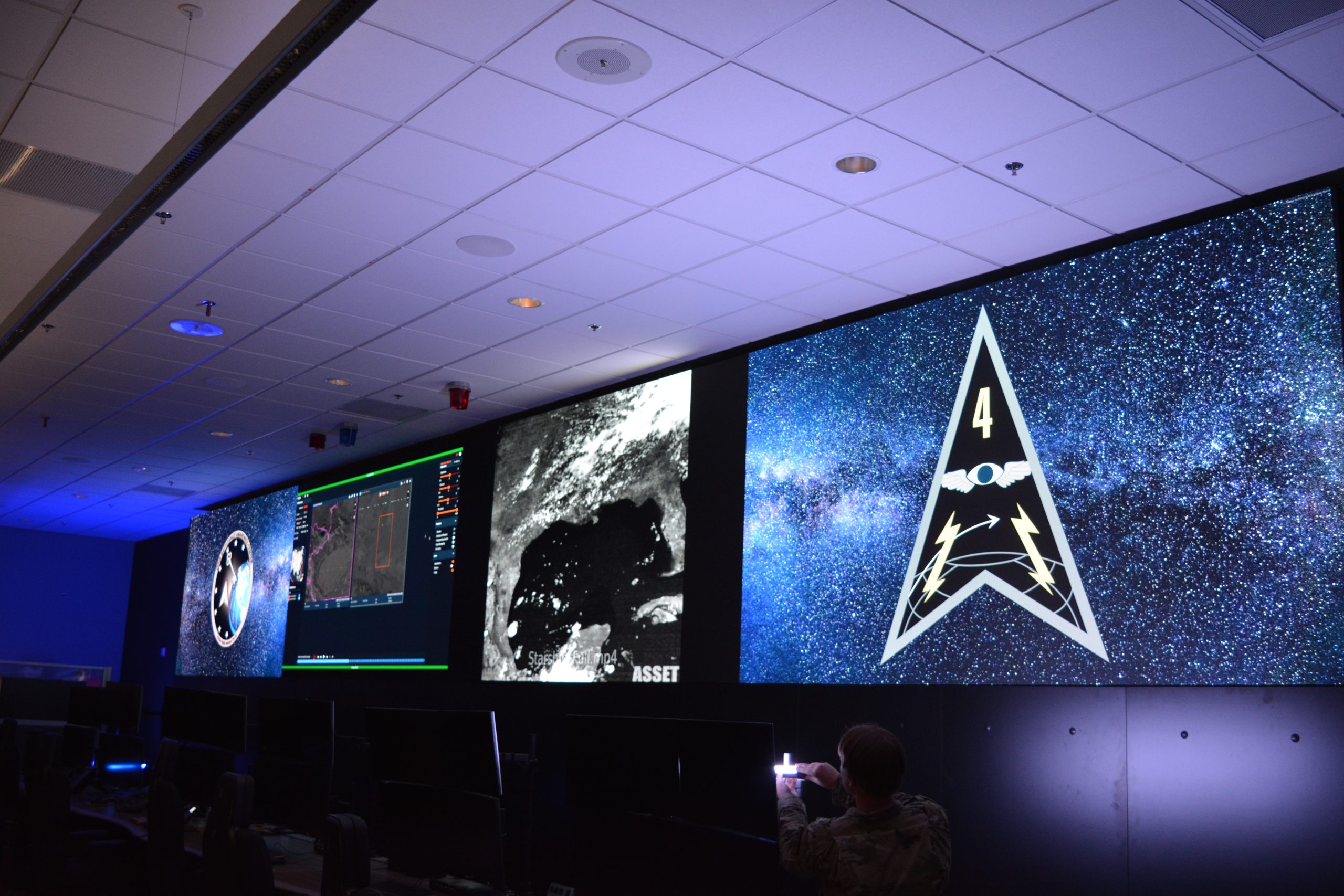AURORA, Colo.—Lockheed Martin is testing a new low-cost, modular cruise missile meant to be built at scale, while it also builds even longer-range versions of its stealthy, high-end weapons—part of a strategy to provide the Air Force with a mix of exquisite and affordable munitions.
The Common Multi-Mission Truck (CMMT, which Lockheed calls “Comet”) is meant to cost around $150,000 in its basic configuration, with modularity and open mission systems architecture that will allow it to carry a wide range of payloads from sensors to warheads, as well as a fuel load tailored to the mission.
The “standard” CMMT would be 96 inches long and could fit in an F-35 weapon bay, but could be longer with extra fuel plugs. It would have a subsonic top speed and a range Lockheed said is “in the multiple hundreds of miles.” In all versions, the front and back end would be the same.
The CMMT has already been drop-tested, and more tests are planned for this summer, Michael Rothstein, an executive at Lockheed Missiles and Fire Control, said in an interview at the AFA Warfare Symposium. The CMMT tests so far have been vertical, nose-first drops, but for a bomber or fighter, the CMMT would be mounted on standard pylons or rotary launchers.
The Air Force has made it clear it wants a low-cost, producible-at-scale weapon with several initiatives in recent years. Most recently, the service launched its Enterprise Test Vehicle program to produce inexpensive, modular, rapidly-producible air vehicles. After initially awarding four contracts for the program, the Air Force has selected Anduril Industries and Zone 5 Technologies to continue with the program, the companies announced this week.
Anduril in particular has detailed plans for its “Barracuda” series of modular, low-cost cruise missiles, a concept similar to the CMMT. Rothstein, however, said Lockheed was not motivated by Anduril’s idea and has been working on CMMT for “a while now.”
The demand signal from the Air Force is clear, he added, and Lockheed is looking to match those requirements. Being ready to go within a year might not be impossible.
High End
Rothstein said he sees Lockheed’s high-end standoff weapons—the AGM-158 Joint Air-to-Surface Standoff Missile (JASSM) and the similar Long-Range Anti-Ship Missile (LRASM)—to be “very complementary” with CMMT, “both from a budget standpoint as well as an operational standpoint.”
CMMT will not be especially stealthy in order to keep costs down, leaving JASSM and LRASM to handle the tougher targets requiring stealth from longer range. The JASSM and LRASM cost around $1.5 million apiece, 10 times what Lockheed forecasts for CMMT.
The “JASSM and LRASM are great weapons, but they’re not cheap, right?” Rothstein said. The CMMT answers the need “to have more weapons in your arsenal to … get after targets that that don’t need the exquisite capabilities of JASSM/LRASM.”
Indeed, Rothstein claimed the two kinds of weapons could be used in conjunction with each other.
“You could probably imagine how you might force-package these things together to be mutually reinforcing and make both better,” Rothstein said. He noted that in previous conflicts, stealthy F-117s would sometimes fly near formations of F-16s, because enemy detection systems would see and concentrate on the F-16s.
“The same concept could be used in weapon salvos,” Rothstein said. The concept of a high-low mix—as the Air Force practiced with the F-15 and F-16 and intended with the F-22 and F-35—is one that is well understood in the Pentagon, he said.
Lockheed announced and showed a “JASSM-XR” at AFA’s Air, Space and Cyber conference last fall. It is longer than the JASSM-ER (Extended Range), but the company did not disclose the extra length. A Lockheed spokesperson said to do so would allow an adversary to distinguish between the two in combat. The XR could be used externally on most Air Force fighters, but not the F-16, due to weight and length.
Rothstein said that besides the extra range it offers, the XR would reduce the need for tanker support, because fighters would not have to fly as far before releasing it, and it would still be able to hit very distant targets.
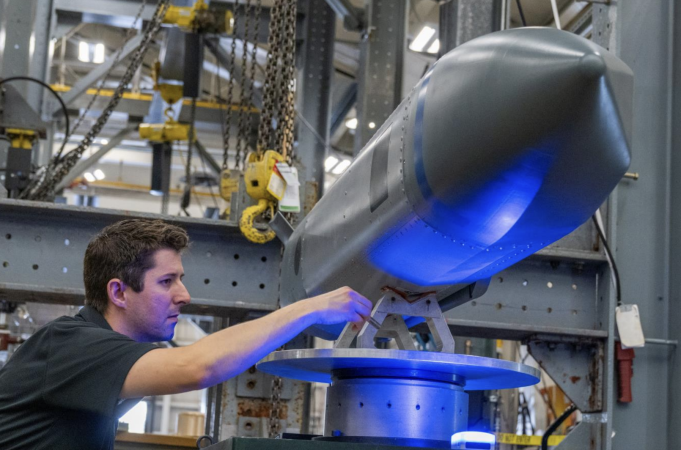
Low End
For the moment, Rothstein said, Lockheed is contemplating its Camden, Ark., plant as the location for building CMMT. But the ”beauty” of the CMMT idea is that its modularity means its elements could be built in many locations—including internationally—and simply assembled in one facility.
“Part of our model is … that you build it in a way that you’re putting the [liquid] fuel and the warhead in at the last minute,” he said. “You can bring all these things together…because it’s modular.
Moreover, “our concept is to have a factory that fits inside of a room,” he said, and to be able “pick up the pieces, and go, ‘Hey, I need one of these in Poland or Australia, or wherever.’”
Lockheed doesn’t have an Air Force contract for CMMT, but it could feed into another iteration of the Enterprise Test Vehicle program, or an offshoot of another Lockheed effort, Rapid Dragon.
Rapid Dragon tested pallets of JASSMs that were dropped from the back of a C-17 and C-130, thus expanding the number of platforms from which the Air Force could launch volleys of cruise missiles.
“Our background on the Rapid Dragon, we were the thought leaders on all this, right?” said Rothstein. “And … all of that work which we’ve been doing, I think the Air Force has been very happy with.”
Whereas the Rapid Dragon tests with JASSM involved dropping nine missiles at a time, 25 CMMTs could fit in the same size pallet, Rothstein said, and the Air Force vision is for a four-pack on a cargo aircraft, meaning 100 CMMTs could be accommodated on a single cargo aircraft.
The Air Force has sought to continue its Rapid Dragon efforts through a program called “Franklin”, which seeks a low-cost cruise missile that could be dropped Rapid Dragon-style from a cargo aircraft.
The Enterprise Test Vehicle program could feed into Franklin, but Rothstein touted Lockheed’s track record in pitching CMMT as an option.
“We have a long track record of being able to produce munitions reliably,” Rothstein said, and Lockheed has “deep experience with the global supply chain … doing collaboration and automation.” All those elements combine to make CMMT a competitive idea, he said, adding “we’ve been listening to the customer for a number of years.”
